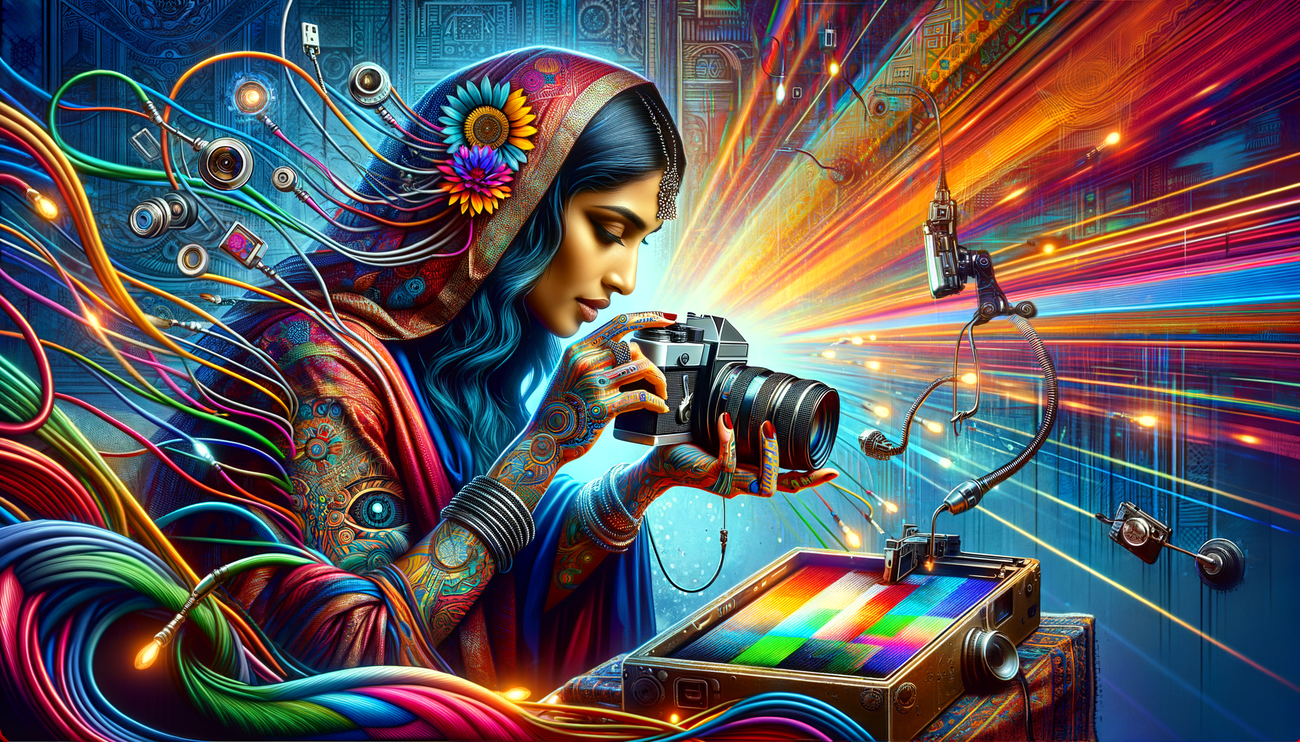
In recent years, artificial intelligence (AI) has made significant changes in various spheres of life, including photography. From automatic editing to generating images from scratch, AI opens new horizons for photographers of all levels. In this article, we will explore how artificial intelligence technologies are changing the approach to photography and opening new opportunities for creativity.
Artificial intelligence is actively used in various fields, and photography is no exception. Currently, there are numerous tools available that leverage machine learning algorithms to enhance photo quality. Programs such as Adobe Lightroom and Photoshop now offer features that allow them to automatically adjust exposure, contrast, and saturation of images. These tools significantly simplify the editing process, saving photographers valuable time.
But what about image generation? Starting from DALL-E to Midjourney, artificial intelligence is now capable of creating images based on simple descriptions. This opens new horizons for creative projects. For instance, a photographer can create unique backgrounds for their portraits using these AI platforms. Such an approach not only speeds up workflow but also inspires new ideas.
However, it is important to remember that technology is merely a tool. Artificial intelligence can help optimize and enhance the image creation process, yet true artistry still relies on the creative vision of the photographer themselves. For example, using AI to create backgrounds can be very helpful, but ultimately the photographer needs to decide how to utilize the generated image in their project.
There are also ethical implications regarding the use of AI in photography. When we allow algorithms to create or modify images, we must consider questions of copyright and originality. What is the value of a photographer's work if much of the editing process is automated? We live in an intriguing time when the boundaries between human and machine begin to blur, raising numerous questions about what it means to be creative.
Despite all the advantages that artificial intelligence provides, photographers must maintain the uniqueness and originality of their work. Finding a balance between technology and creative vision is crucial. This means photographers should be prepared to experiment, explore new tools, and discover their own interpretation of how technologies can serve their creativity.
Interestingly, AI is not only changing the photography process but also the behavior of viewers. With the increasing availability of technology, viewers may begin to perceive images and video content not as works of art, but as products of algorithms. This will create a new level of challenge for photographers, who must find ways to stand out and maintain their place in a world where content can be generated automatically.
Technological advancements will also influence how we learn photography. There are online courses and platforms that teach the use of artificial intelligence in photography. This opens up opportunities for photographers at all levels to familiarize themselves with new tools and understand how they can enhance their work and elevate their creativity.
In conclusion, it is important to note that artificial intelligence opens new opportunities for photographers—both novice and professional—by providing tools to enhance work quality and accelerate processes. However, it is crucial to keep one’s uniqueness in focus and not forget that technology is merely a means to achieve creativity, not creativity itself. Ultimately, successful photographers will be able to integrate AI into their process in such a way that it not only enhances their work but also preserves authenticity and originality.


